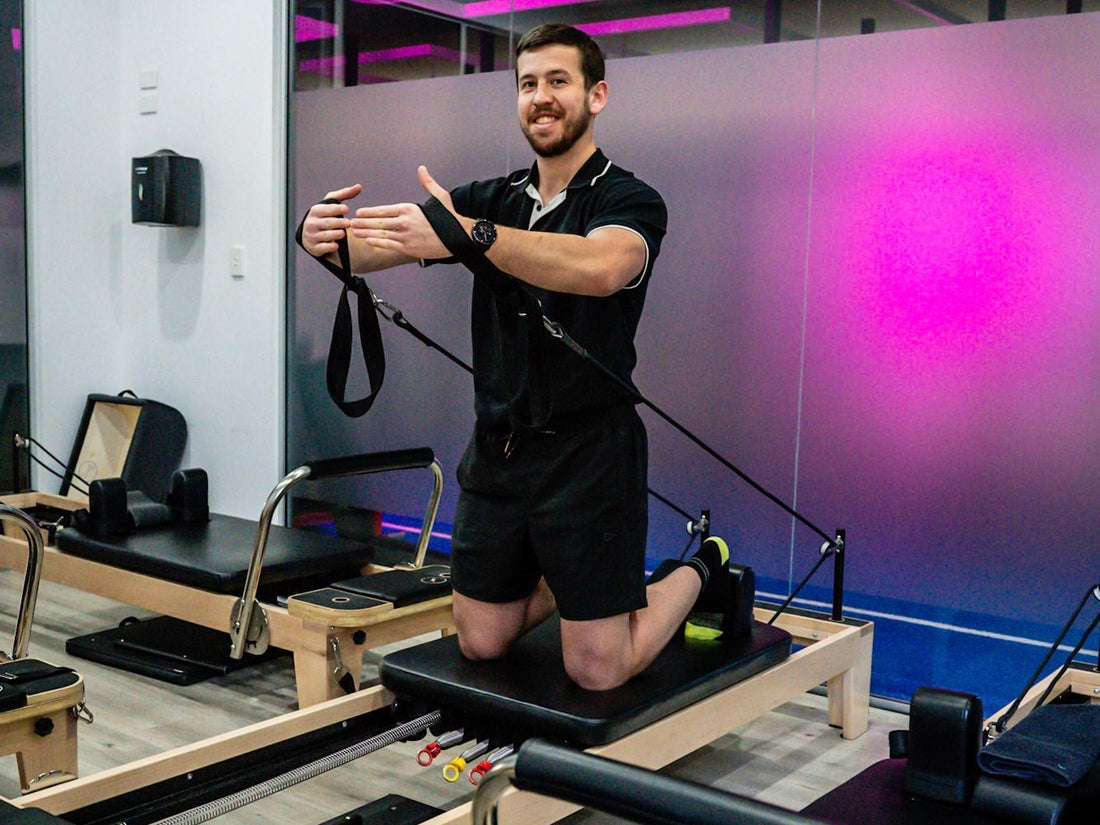For athletes and fitness enthusiasts, sports injuries can be both physically and emotionally challenging. Enter Pilates—a rehabilitation powerhouse that offers a holistic approach to recovery and rebuilding. In this exploration, we'll delve into the transformative world of Pilates rehabilitation and how it can serve as a vital ally in healing and strengthening your body after sports injuries.
1. Understanding the Healing Power of Pilates:
Pilates, developed by Joseph Pilates in the early 20th century, was initially designed as a rehabilitation method. Its principles emphasize core strength, flexibility, and controlled movements—all of which are foundational to the recovery process after a sports injury. Pilates provides a low-impact yet highly effective platform for rehabilitation, focusing on both the injured area and the overall body's functionality.
2. Tailoring Pilates to Individual Needs:
One of the key strengths of Pilates rehabilitation lies in its adaptability. Each session can be tailored to address the specific needs and limitations of the individual, ensuring a customised approach to recovery. Whether you're dealing with a sprained ankle, a strained muscle, or recovering from surgery, Pilates exercises can be modified to accommodate your unique situation while gradually progressing as your body heals.
3. Core Strengthening for Stability:
In many sports injuries, maintaining stability is paramount for a full recovery. Pilates places a significant emphasis on core strengthening—the foundation of a stable and well-supported body. By engaging the deep muscles of the core, including the abdominals, lower back, and pelvic floor, Pilates fosters a stable and balanced foundation, crucial for preventing future injuries and supporting the healing process.
4. Improving Flexibility and Range of Motion:
Sports injuries often lead to reduced flexibility and limited range of motion. Pilates, with its focus on controlled and dynamic movements, is a potent tool for improving flexibility. Through a carefully curated series of stretches and exercises, Pilates targets tight muscles, releases tension, and gradually restores a full range of motion, allowing the body to regain its natural flexibility.
5. Gentle Rehabilitation for Post-Surgery Recovery:
After surgery, the body requires a delicate yet effective rehabilitation approach. Pilates excels in providing a gentle yet comprehensive rehabilitation program suitable for post-surgery recovery. The controlled movements and low-impact nature of Pilates exercises facilitate a gradual return to physical activity while minimizing the risk of re-injury or complications.
6. Mind-Body Connection for Rehabilitation:
Pilates is more than just physical exercise; it nurtures a profound mind-body connection. This aspect is particularly beneficial during the rehabilitation process, as it encourages individuals to be mindful of their movements, body alignment, and areas of discomfort. The heightened awareness cultivated through Pilates promotes a more holistic approach to healing, allowing individuals to adapt and respond to their bodies' signals.
7. Addressing Imbalances and Weaknesses:
Sports injuries often reveal underlying imbalances or weaknesses in the body. Pilates, through its systematic approach, identifies and addresses these imbalances. By working on both the injured and non-injured sides of the body, Pilates helps rebalance muscle strength, promoting symmetrical development and reducing the likelihood of future injuries.
8. Gradual Progression for Safe Rehabilitation:
Pilates rehabilitation emphasizes gradual progression, ensuring that individuals do not push their bodies beyond their current capabilities. This approach is crucial for safe rehabilitation, preventing setbacks or re-injuries. Pilates instructors, especially those experienced in rehabilitation, can design programs that gradually increase in intensity as the individual's strength, flexibility, and overall condition improve.
9. Enhanced Posture and Body Awareness:
Proper posture is fundamental to preventing sports injuries and supporting rehabilitation. Pilates places a strong emphasis on posture and body awareness, teaching individuals to align their bodies correctly and maintain good posture during movement. Enhanced posture not only aids in the rehabilitation process but also contributes to long-term musculoskeletal health.
10. Building Confidence and Resilience:
Recovering from a sports injury can be mentally challenging. Pilates, with its mindful and empowering approach, contributes to building confidence and resilience. As individuals witness the gradual improvement in their strength, flexibility, and overall well-being, they gain a renewed sense of confidence in their bodies and their ability to overcome challenges.
Conclusion: A Transformative Journey to Recovery
Pilates rehabilitation is a transformative journey that extends beyond the physical realm, touching the core of an individual's well-being. Whether you're recovering from a minor sprain or undergoing post-surgery rehabilitation, Pilates provides a supportive and effective framework for healing and strengthening your body. As you engage in the mindful movements of Pilates, remember that each exercise is a step towards recovery, resilience, and a return to the activities you love. Embrace the transformative power of Pilates rehabilitation and let it guide you towards a stronger and more vibrant athletic future.
Want to recover at home? Check out these products:

